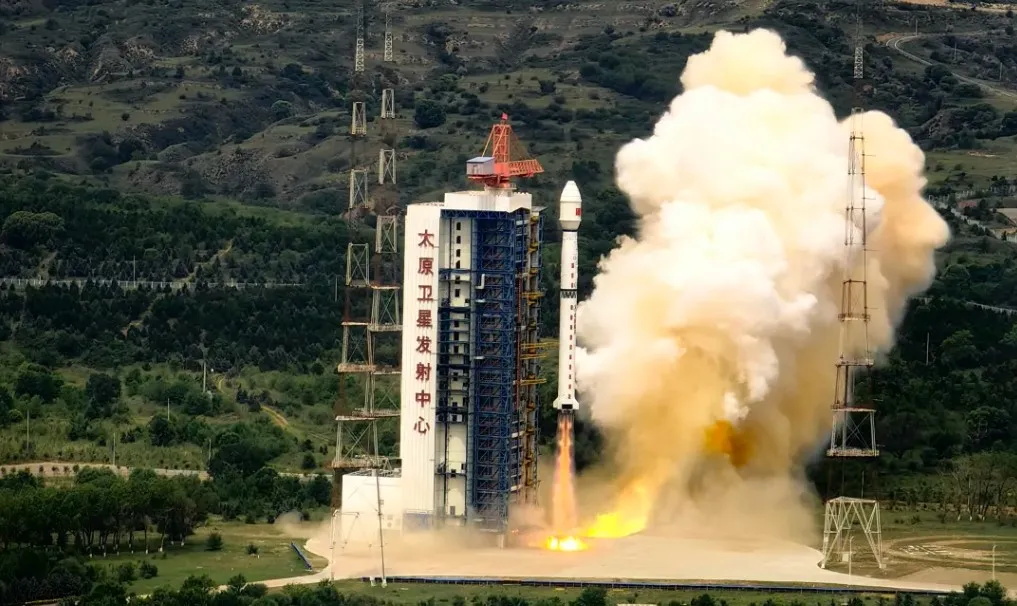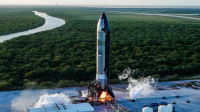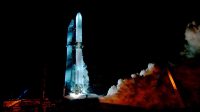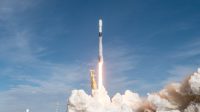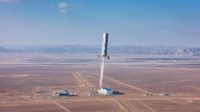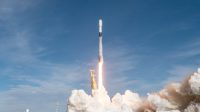China successfully launched its fifth Gaofen-11 high-resolution satellite, adding to its China High-resolution Earth Observation System (CHEOS) constellation. The launch occurred late Thursday via a Long March 4B rocket from Taiyuan Satellite Launch Center in northern China.
The rocket lifted off at 11:03 p.m. Eastern on July 18 (0303 UTC, July 19), carrying the Gaofen-11 (05) satellite. The China Aerospace Science and Technology Corporation (CASC) confirmed the launch’s success shortly afterward in a statement. Airspace closure notices had preceded the launch, with the payload details revealed only after the successful deployment.
The Gaofen-11 satellites are integral to China’s high-resolution Earth observation efforts. CASC indicates that the newly launched satellite will support land surveys, urban planning, land rights confirmation, road network design, crop yield estimation, and disaster prevention and mitigation. However, the statement did not include images or detailed specifications of the satellite.
Previous Gaofen-11 missions provide some insights into the capabilities of these satellites. They are believed to have large apertures for optical remote sensing, with resolutions reportedly around 10 centimeters. These satellites operate in near-polar orbits at approximately 500 kilometers altitude.
“Gaofen-11 has the capability to return optical imagery at a resolution on the order of around 10 centimeters,” according to an article published by the Chinese Society for Geodesy, Photogrammetry, and Cartography in November 2020.
The Gaofen series satellites, which include optical, multispectral, hyperspectral, and synthetic aperture radar satellites, form part of the civilian CHEOS. However, detailed information about satellites numbered 8 and above in the Gaofen series has not been openly released, suggesting they may serve both civilian and military purposes.
This launch marks China’s 33rd orbital mission in 2024. CASC announced earlier this year that the country aims to conduct around 100 launches, including approximately 70 by CASC and 30 by commercial providers.
Among the major launches, China recently completed the Chang’e-6 lunar far side sample return mission. Upcoming missions include cargo and crew launches to the Tiangong space station.
Meanwhile, the first orbital launch of Space Pioneer‘s Tianlong-3 rocket faces potential delays into 2025 following an unintentional and catastrophic launch of its first stage during a static-fire test in late June.
CASC is also preparing for the inaugural launch of the Long March 12 rocket, which will be capable of delivering up to 12,000 kilograms to low Earth orbit or 6,000 kilograms to sun-synchronous orbit.

